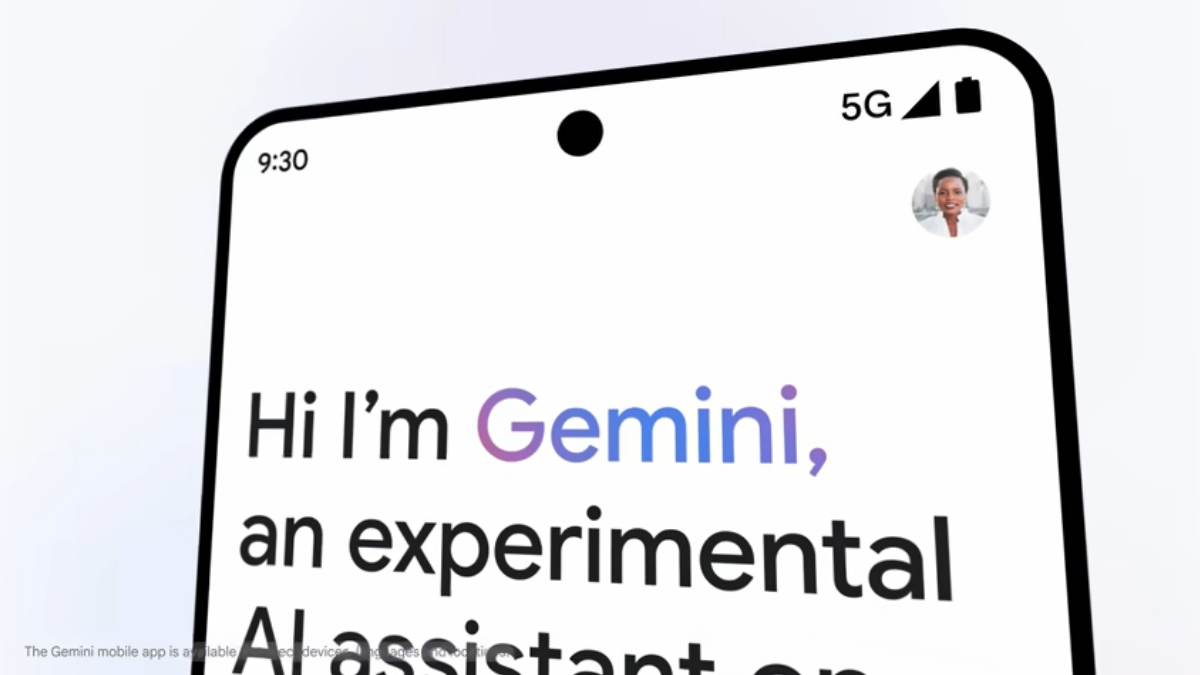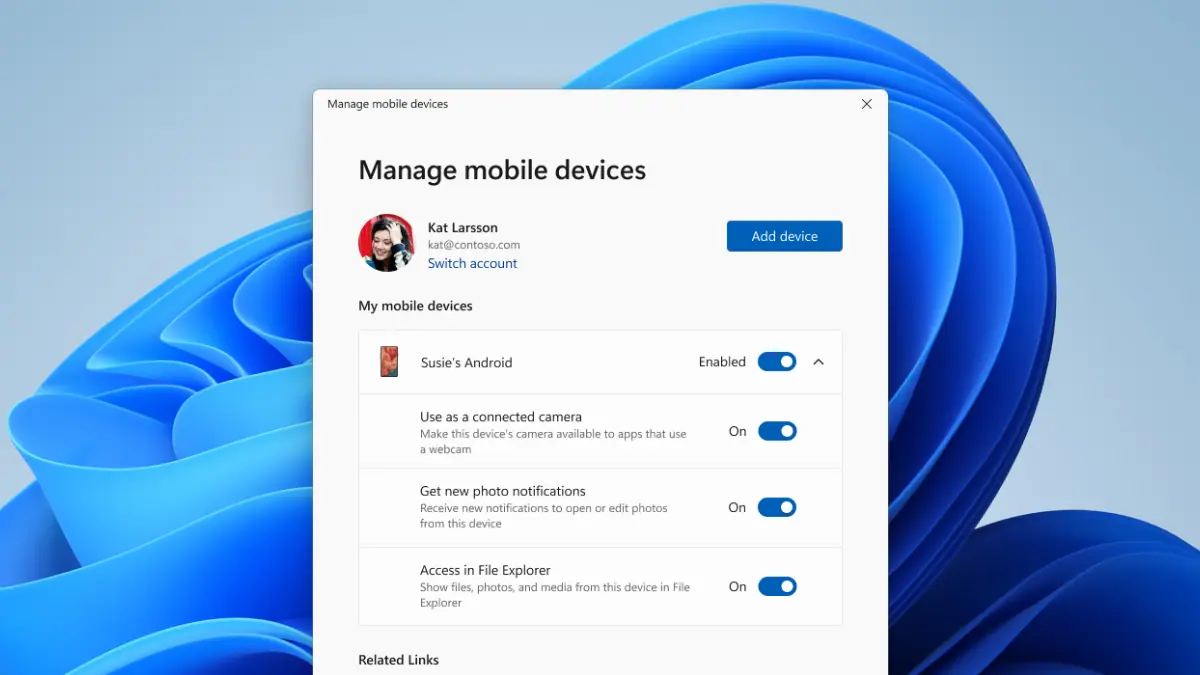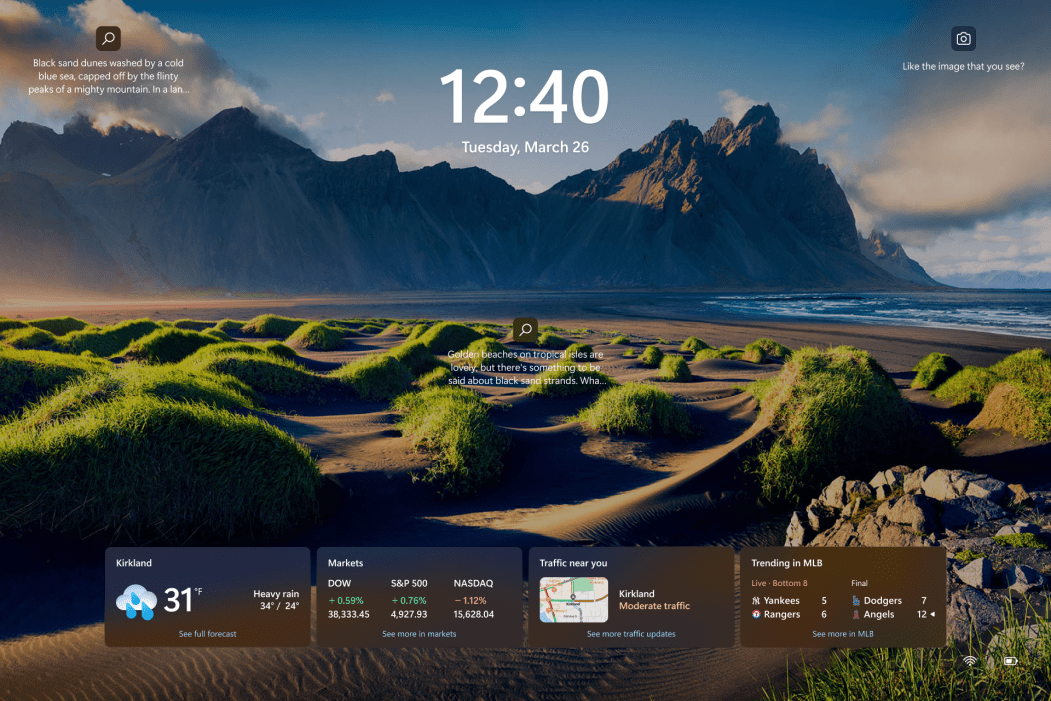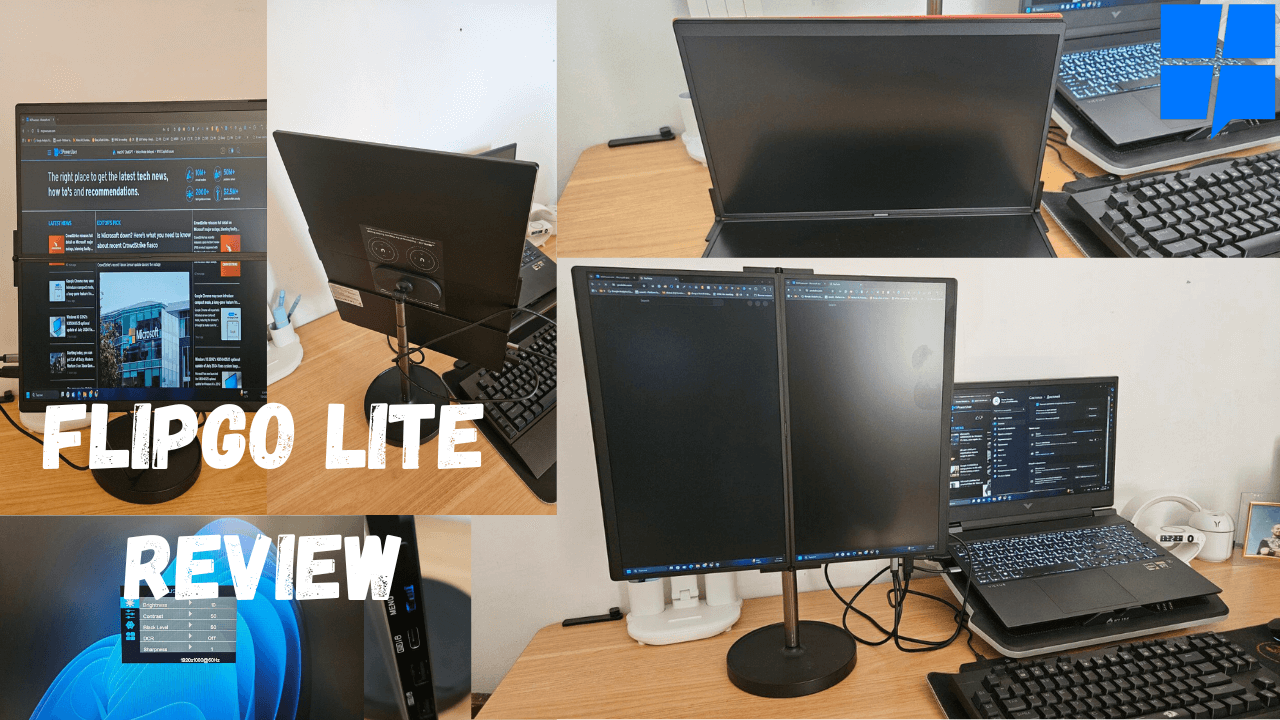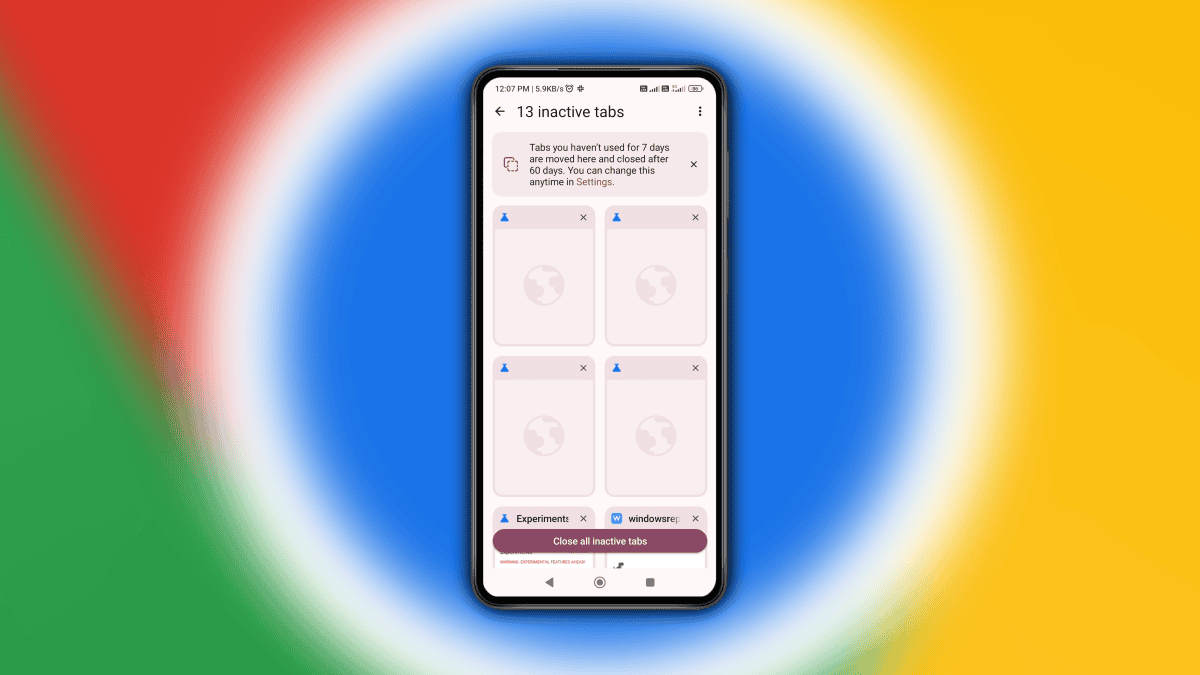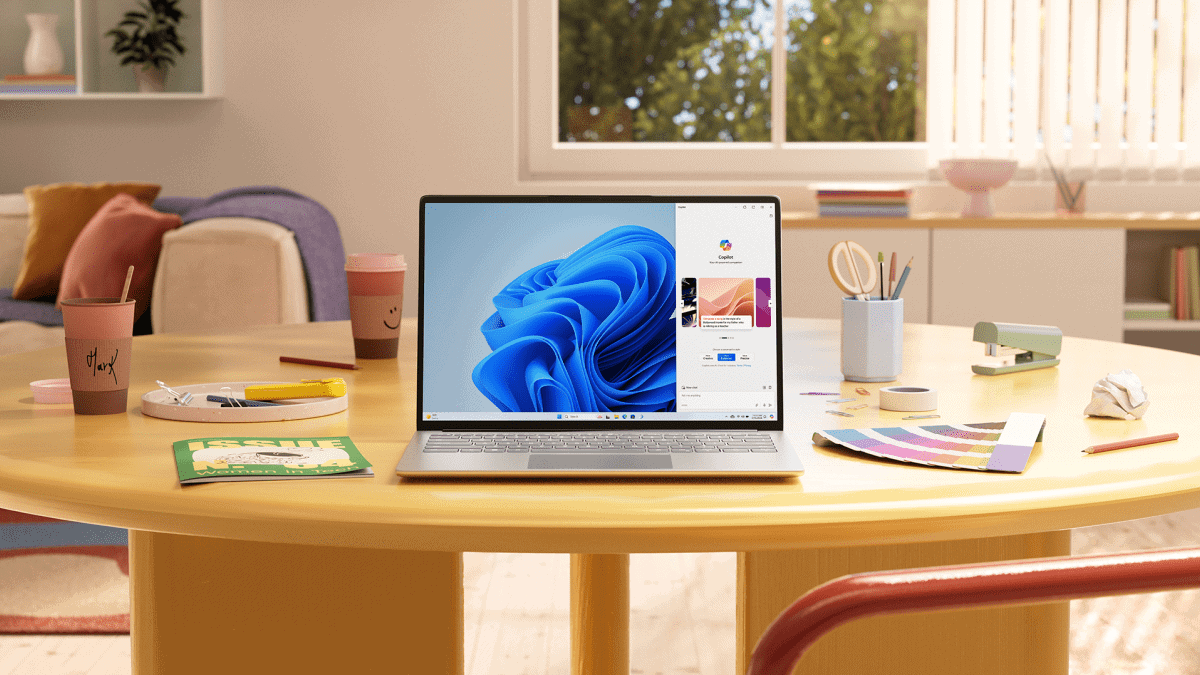Microsoft executives were impressed by the sight of their products on Apple Vision Pro.
2 min. read
Published on
Read our disclosure page to find out how can you help MSPoweruser sustain the editorial team Read more
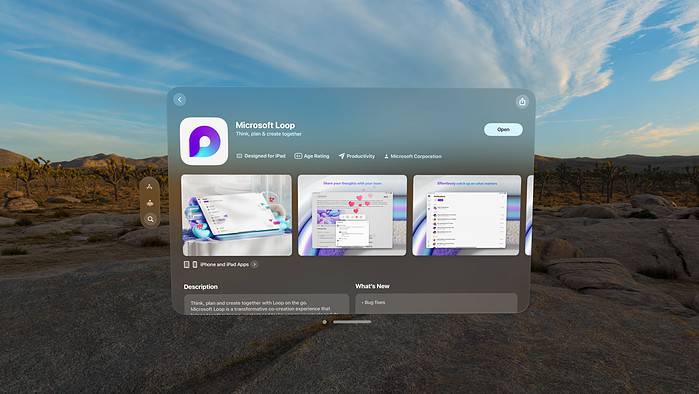
Several Microsoft team members, including executives and developers, have been exploring the potential of Apple’s new Vision Pro headset for in-flight entertainment, sharing their experiences on social media. While some aspects received positive mentions, the overall tone remained balanced, acknowledging both the potential and limitations of the technology.
Omar Shahine, a corporate leader at Microsoft, recently tested the headset on a 16-hour flight and highlighted its ability to transform the entire cabin into a virtual screen for entertainment and web browsing. He particularly praised the improved user interface compared to traditional in-flight entertainment systems. Shahine’s positive sentiment was echoed by the product manager for Microsoft Loop, who tweeted about using the app on Vision Pro during a flight.
However, concerns regarding affordability and comfort were also raised. The high price tag of $3,499 remains a significant barrier to widespread adoption. Additionally, Shahine mentioned finding the headset heavy and causing some eye strain, opting for AirPod Pros instead of the built-in speakers for a more comfortable experience.
Despite these limitations, the exploration by Microsoft team members suggests the potential for VR headsets like Vision Pro to change the landscape of in-flight entertainment. The immersive experience and improved user interface offer advantages over traditional systems, as Shahine and the Loop product manager noted.
Additionally, Ashley Willis, Senior Director of Developer Relations at GitHub, shared her experience using Vision Pro on a flight, further indicating interest within the tech community.
However, widespread adoption hinges on addressing the key concerns of affordability and comfort. Future advancements in VR technology and potential collaborations between tech companies like Microsoft and Apple could pave the way for more accessible and comfortable in-flight VR experiences.
More here.

